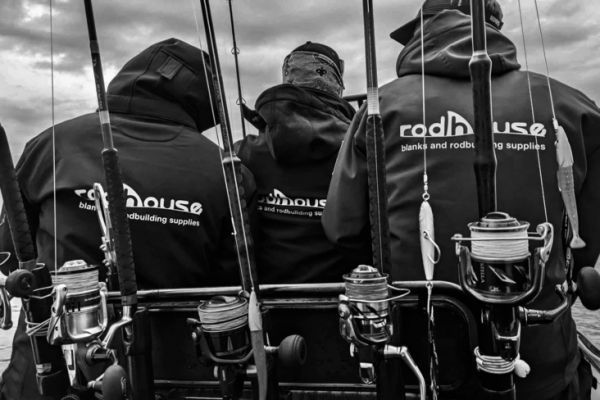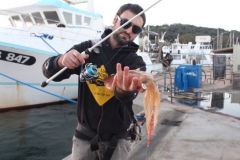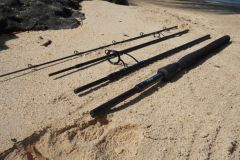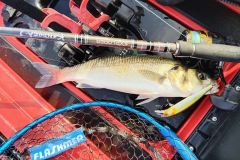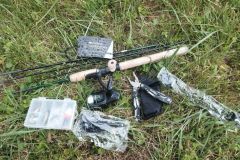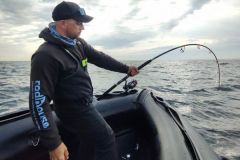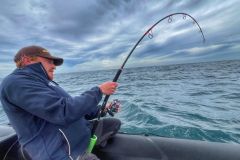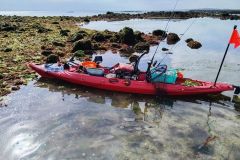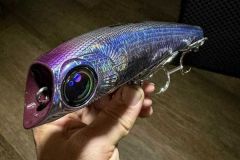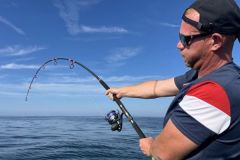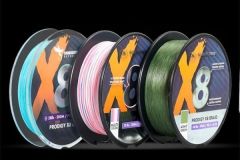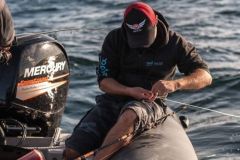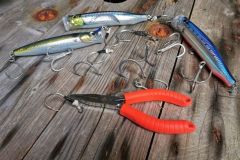Bluefin tuna fishing season already underway
We anglers in Brittany and Normandy still have a little while to wait before we see the first bluefin tuna hunts. Equipment is a determining factor in this type of fishing, and the choice of rod is one of the parameters that will ensure success. For several years now, I've been choosing to turn to robuilding and Rodhouse.
When it comes to tuna fishing, several models are available, and this is a question that arises very often. Which one to choose? I've selected three to present to you in this article.
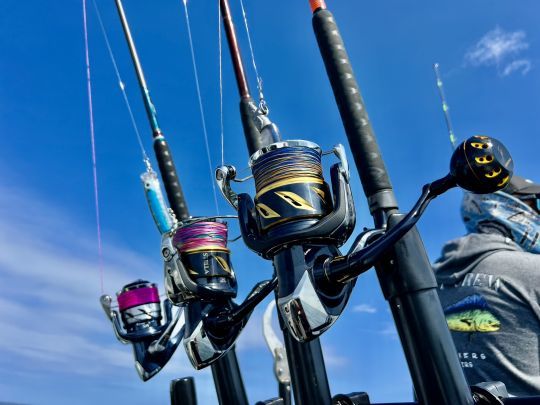
The RPK 78 from North Fork Composites
This 2.34 m long, 130 lb blank is designed by NFC (North Fork Composites) to very precise Rodhouse specifications.
A collaboration between Rodhouse and NFC. As soon as you pick it up, the weight of this blank is surprising. At just 270 grams on the scale, it's a featherweight. But don't let this lightness fool you. It's not at all indicative of a light blank.
In tests carried out by the Rodhouse team, this blank was validated with a brake power of 30 kg and an angle of 45°. I'll leave you to imagine what that's like.
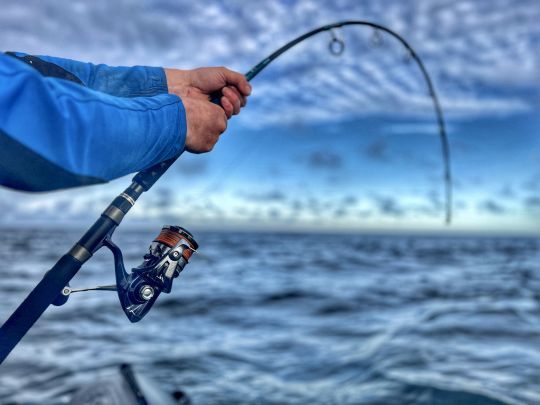
The RPK 78 will allow you to confront the fish encountered on our coasts. Personally, I've landed fish weighing around 250 kg with this rod. But I have to admit that its core business is a little below that, and I prefer to target fish between 50 and 150 kilos. I'm particularly fond of it when using light lures such as the Feed Popper 150, which weighs just 60 grams, or small soft lures.
Its strong point is its ability to satellite lures when cast. It excels in this area and is the perfect weapon when the hunt is difficult to approach or when finer fishing is required.
Last year, I fitted it with a Twin Power 14000 reel and a small PE 8 braid. It's the lightest set I own.
Black Hole's Cow Special Gen II
This rod, distributed by Black Hole, measures 220 cm. Many anglers appreciate this length for a shorter lever arm than with the RPK 78, for example.
The weight is noticeable right from the start, although it remains quite reasonable at 328 grams. This rod complements the RPK 78 for tackling bigger fish or for very short fights.
What I love about it is the flex tip that really hurts the fish when it's in opposition. It relieves the angler who doesn't pull, while tiring out the fish.

I paired it with a Stella, 20 000 with PE 10 braid. It's a set you'll feel ready to take on the big bluefin tuna with.
Because of its length, it's not as good a caster as the RPK 78 and requires a heavier load. It's difficult to cast lures weighing less than 70 grams. A Feed Poper 175 is right up its alley.
This blank is very versatile. Some anglers use it for live-fishing too. It can cope with a wide range of situations.

Black Hole's Giant 7
Here, we're on the most powerful, or nearly so. This 2.13 m rod is a monster of power, rated at 200 lb.
Clearly, it's designed to catch the biggest bluefin tuna you can spin. Beyond a certain size, spinning reaches its limits anyway.
I only use this rod when I know that the fish in the area are big. When faced with fish weighing less than 100 kg, I prefer to use the other rods for more pleasure. Because of its power and length, it needs to be loaded to be able to send long casts.
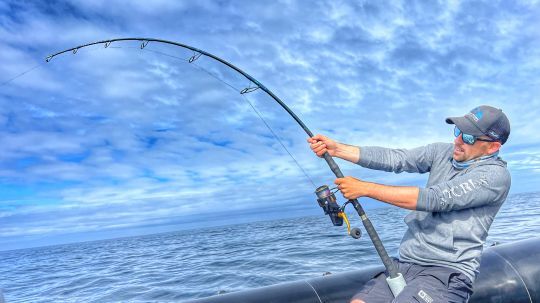
On the animation side, its 2.13 m length makes it easy to popper or handle a soft lure as well.
In combat, it has similar characteristics to the Cow Gen II, but with more power. A flex tip, perhaps even more so than with the Cow Gen 2, and a monstrous power reserve that gives you the confidence to fight fish in excess of 250 kilos.
You'll need a reel size 25,000 or 30,000 and PE 10 to 12 braid.

 /
/ 